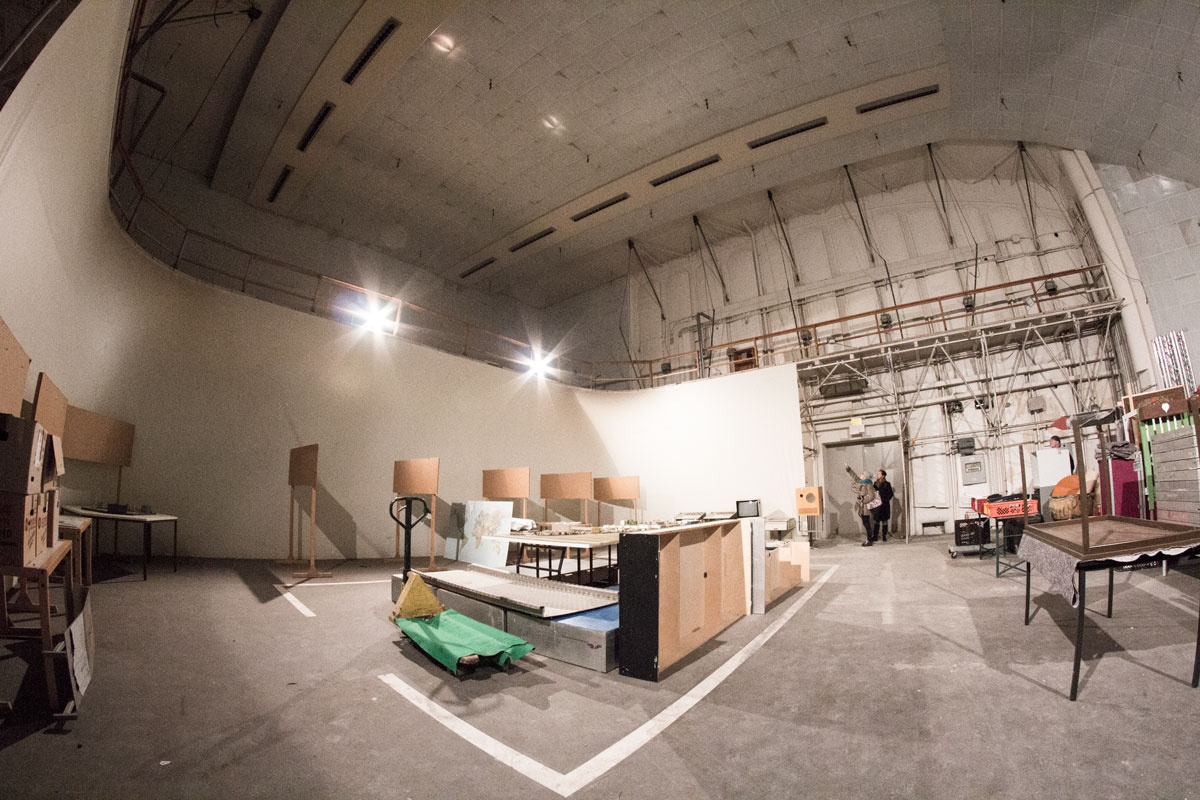

The decision enraged independent producers like Disney, Chaplin, David Selznick, Mary Pickford, and Orson Welles.

During a three-year trial, the studios could keep their movies theaters, but block booking was regulated and theater owners had a chance to see movies before they bought them. In 1940, they reached a deal with the Justice Department in a consent decree. But the Supreme Court threw out the Recovery Act in 1935, and in 1938, the Justice Department filed a new lawsuit against the studios.Īgain, the studios found a way out of losing their monopolies. Roosevelt used the National Industrial Recovery Act to justify a delay. After all, the nation needed movies as a relief from troubled times.

Claiming that the movie business was in dire straits during the Depression, the studios asked President Roosevelt to stop the forced breakup of the monopolies. In block booking, studios forced theaters to buy films as a group well in advance, and often without seeing them.īut the studios, after some legal delays, found an ear with incoming President Franklin D. A key finding was that the process of “block booking” was illegal. The Justice Department won the first round of the fight in 1930, when the Supreme Court ruled that the movies studios were monopolies. The website Hollywood Renegades Archive has a detailed history of the 27-year fight that pitted movie titans like Adolph Zukor and Jesse Laskey against the Justice Department in the 1920s. Independent movie makers and theater owners started taking legal action decades before the 1948 Supreme Court ruling. The system of “vertical integration” was expensive to maintain, but it was lucrative when the movie business was booming. Each studio had exclusive contracts with actors and directors owned the theaters where their movies played worked with each other to control how movies were shown in independent theaters and, in some cases, owned the companies that processed the film.

The major studios had a near-monopoly on the movie business in the United States. The case had roots dating back to 1921, when concerns first arose about the studios and the Sherman Anti-Trust Act. Paramount on May 4, 1948, finding that the studios had violated anti-trust laws, in a devastating blow to five major studios and three smaller ones. In the end, the Court ruled in United States v. Hollywood’s greatest drama took place over two decades in a fight that featured movie barons, President Franklin Roosevelt, Walt Disney, Charlie Chaplin, and the United States Supreme Court. Today marks the anniversary of an important Supreme Court case that helped to end the Hollywood studio system and fuel a young television industry in the late 1940s.


 0 kommentar(er)
0 kommentar(er)
